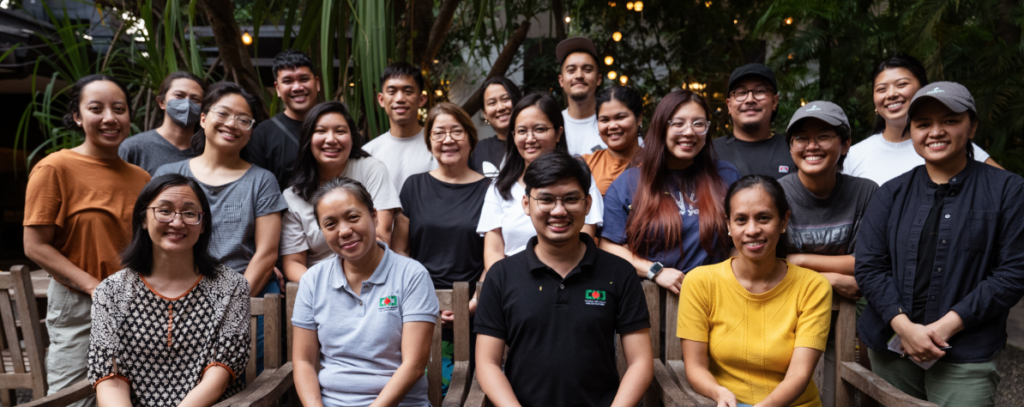In commemoration of the 10th year anniversary of Typhoon Haiyan, NAFCON continues its rehabilitation efforts to provide relief and medical services to areas that were gravely affected by recent typhoons.

On November 8th, 2013, Super Typhoon Haiyan (known locally as Super Typhoon Yolanda) devastated the Visayas region of central Philippines with more than 6,700 people killed and 4.1 million Filipinos displaced. This natural calamity quickly turned into a disaster due to the lack of early warning signs, risk mitigation measures, and immediate relief and rehabilitation of livelihood for the millions of people who lost their homes. It is NAFCON’s view that while natural calamities are out of our control, disastrous impacts on the community occur when the government neglects to prepare, provide adequate assistance and rehabilitate the community.

Typhoon Haiyan sparked unity among thousands of overseas Filipinos to carry out disaster response efforts with NAFCON such as medical and relief missions, agricultural rehabilitation, water distribution system projects, and fishery rehabilitation. Through NAFCON’s Bayanihan Disaster Response Campaign we will continue partnerships with tried-and-tested local community-based organizations to provide timely and effective in person assistance to the most impacted families and communities when disasters occur.
Last year, the World Risk Report, which evaluates a country’s ability to respond to natural disasters, ranked the Philippines as first. This means that on a global scale, the Philippines is the most unprepared when faced with disaster. The country’s vulnerability is due to its geographical location, lack of government disaster response assistance measures, poverty, and deprioritization of industry. Geographically, the Philippines is located in the “Ring of Fire” with 300 volcanoes (24 being active) and is a hotspot for earthquakes. The Philippines has experienced an increase in the frequency and intensity of environmental calamities, from earthquakes to volcanic eruptions to typhoons which is exacerbated by environmental degradation.
In December 2021, natural disasters once again highlighted the gaps in Philippines’ ability to recover from natural disaster events as Super Typhoon Rai ravaged the southern and central regions of the archipelago. As of January 1, 2022, the National Disaster Risk Reduction and Management Council (NDRRMC) recorded 407 deaths, at least 82 missing,1,147 injured and hundreds of thousands displaced in the aftermath of Rai.

This natural calamity was exacerbated by the failing Philippines’ public health system. The Council for Health and Development (CHD) reported that even without a disaster 67% of children do not have enough to eat and a third of the children in the Philippines are malnourished. The infant mortality rate of the Philippines is at 17.9 per 1000 births; one of the highest in Southeast Asia. Moreover, there is just one physician per 30,000 people in the Philippines, where the World Health Organization recommends one physician per 1,000 people.
In an effort to address the immediate needs of communities most impacted by natural disasters, NAFCON sent delegates from all over the U.S. to the Philippines this November 2023. The delegates will work with local organizations to distribute relief goods and hygiene kits, conduct medical services, facilitate psychosocial workshops, and distribute informational materials in order to equip the community with the necessary preparations and actions needed in times of disaster, along with safety measures related to COVID-19. Stay tuned for more updates and reports from our delegates.




